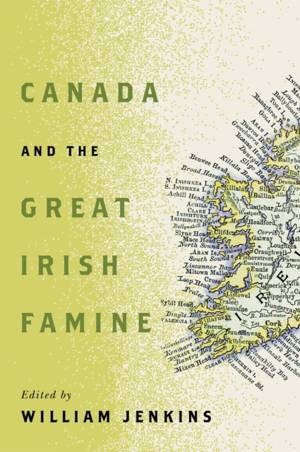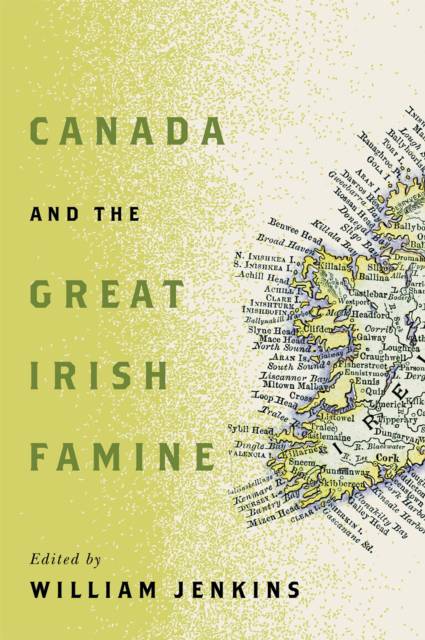
- Retrait en 2 heures
- Assortiment impressionnant
- Paiement sécurisé
- Toujours un magasin près de chez vous
- Retrait gratuit dans votre magasin Club
- 7.000.0000 titres dans notre catalogue
- Payer en toute sécurité
- Toujours un magasin près de chez vous
Canada and the Great Irish Famine
Volume 26
60,45 €
+ 120 points
Description
In the summer of 1847, over four hundred ships arrived in the Gulf of St Lawrence, carrying Irish men, women, and children who were fleeing the starvation and misery of the Great Potato Famine. Tens of thousands of famine refugees rebuilt their lives in different parts of Canada, in places urban and rural, Anglophone and Francophone. Though still a young province within the British Empire, Canada would be marked permanently and in significant ways by this mass migration. Canada and the Great Irish Famine examines how people confronted, experienced, and remembered the famine migration. Essays consider the transatlantic voyage; the collection of donations and organization of aid; the challenges encountered by the cities of Quebec, Saint John, Montreal, Toronto, Kingston, and Hamilton and their public debates over the impact of so many new arrivals; the accompanying problems of disease, destitution, mental illness, death, and burial; the stories of orphaned children; and expressions of famine memory. The worst demographic catastrophe in nineteenth-century Europe inspired generations of political writings, artistic and literary endeavours, and commemorative practices, and it was woven into narratives of Irish nationalism and the founding of Canada. Canada and the Great Irish Famine provides a new perspective on the social outcomes of Ireland's famine migration as well as on the resilience and adaptability of the receiving communities and the migrants themselves.
Spécifications
Parties prenantes
- Editeur:
Contenu
- Nombre de pages :
- 378
- Langue:
- Anglais
- Collection :
Caractéristiques
- EAN:
- 9780228025863
- Date de parution :
- 14-10-25
- Format:
- Livre broché
- Format numérique:
- Trade paperback (VS)
- Dimensions :
- 152 mm x 229 mm
- Poids :
- 539 g

Seulement chez Librairie Club
+ 120 points sur votre carte client de Librairie Club
Les avis
Nous publions uniquement les avis qui respectent les conditions requises. Consultez nos conditions pour les avis.





